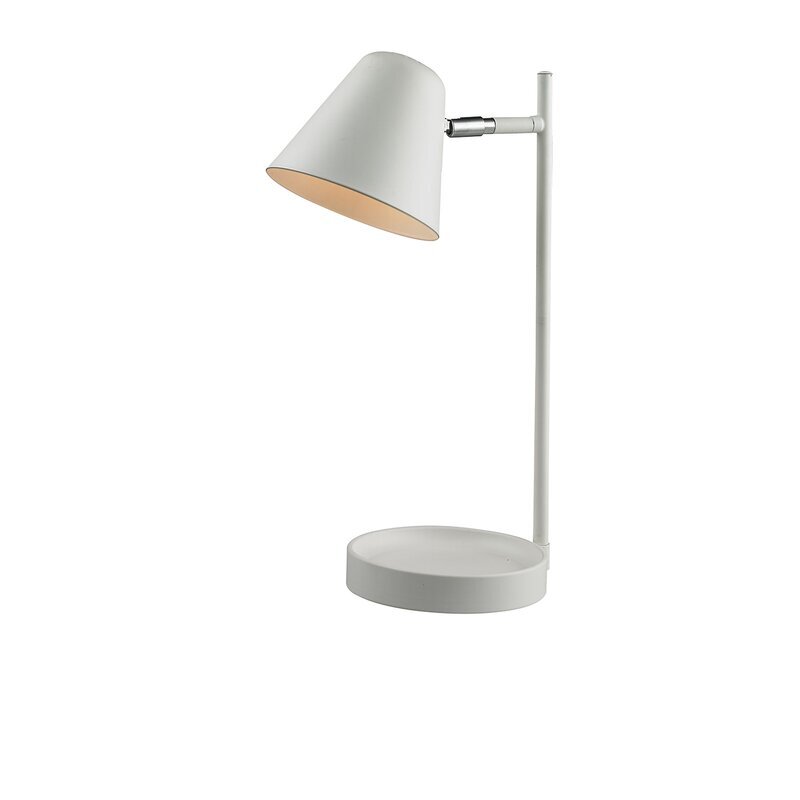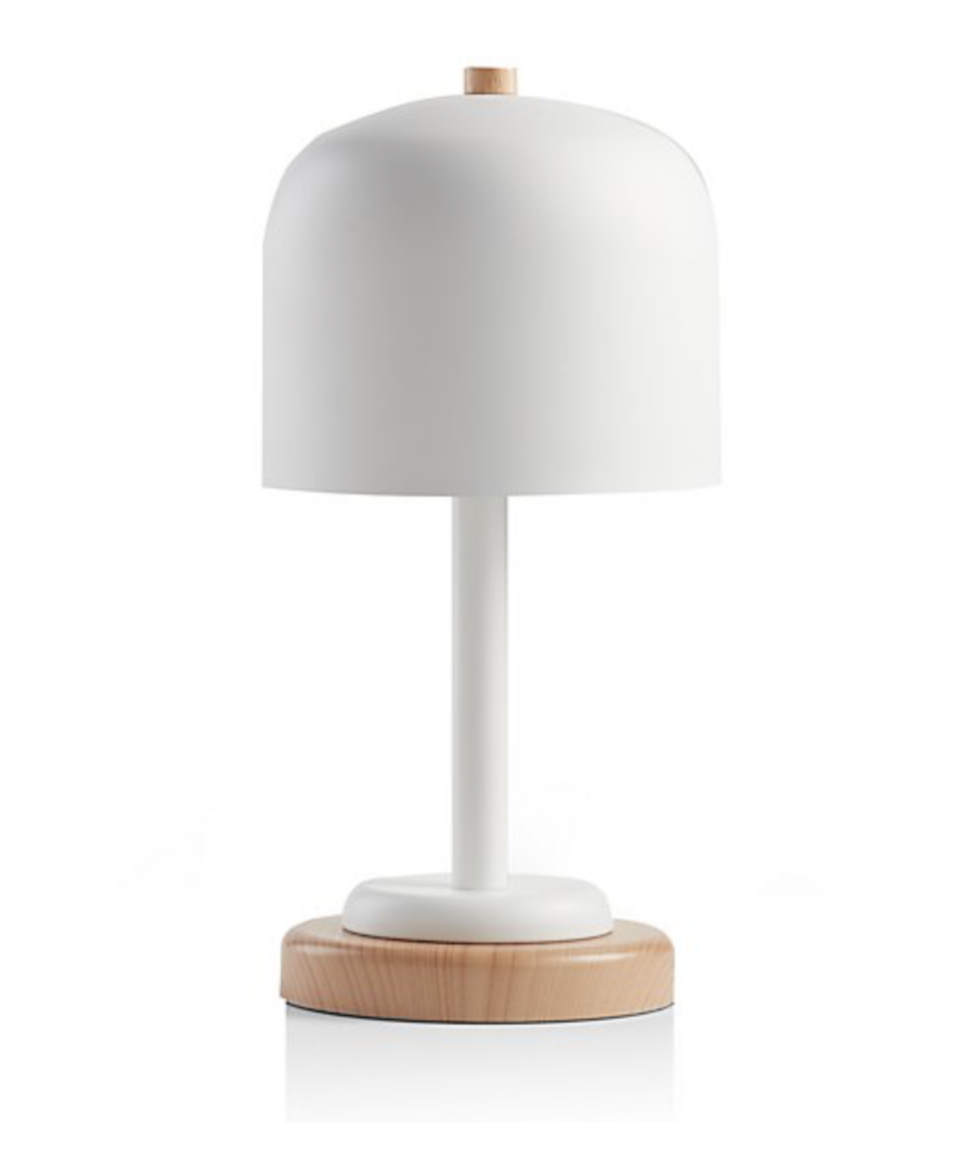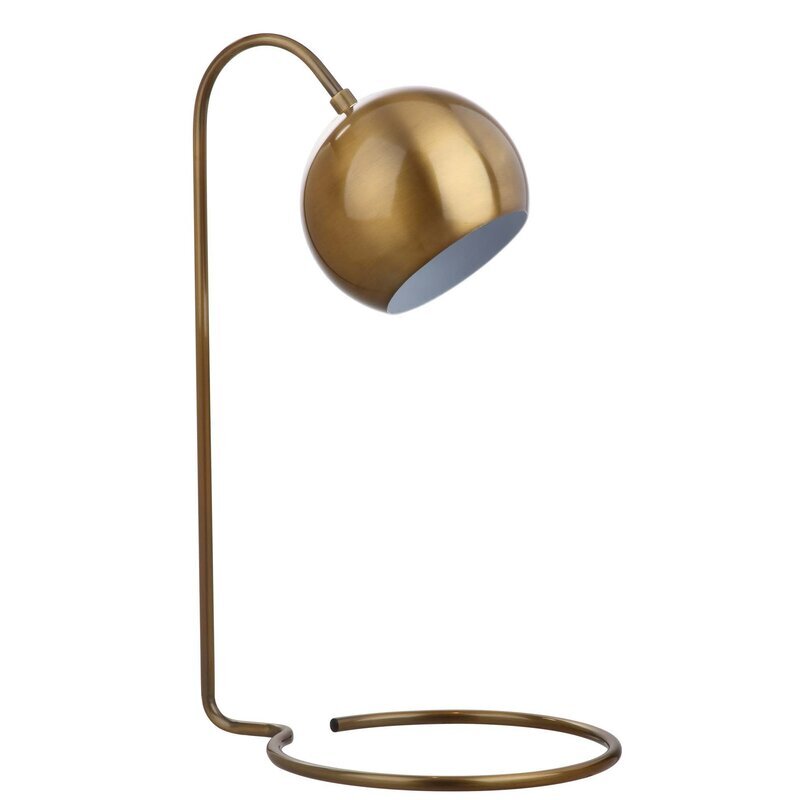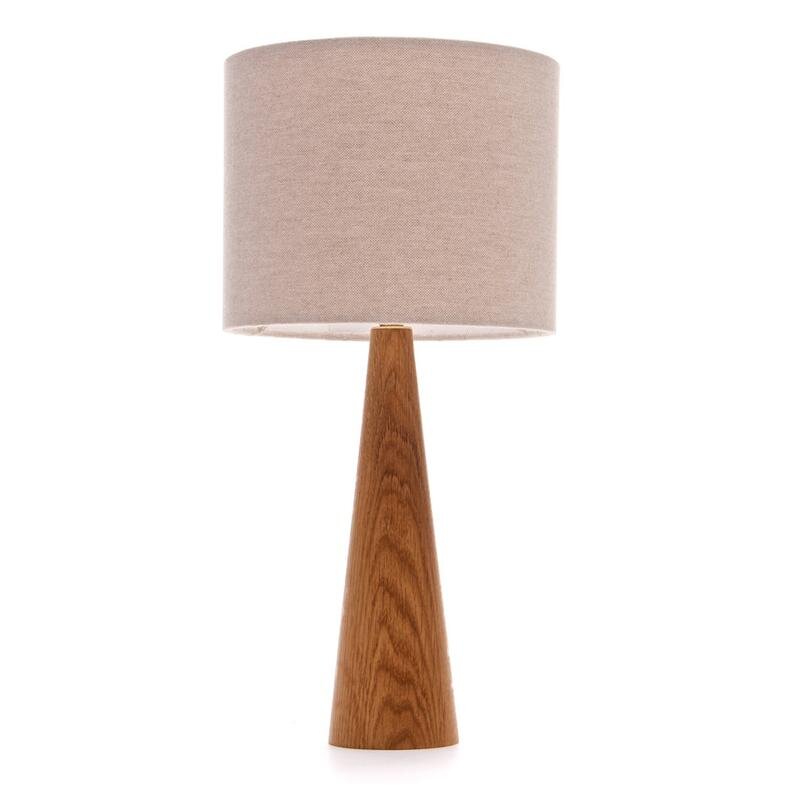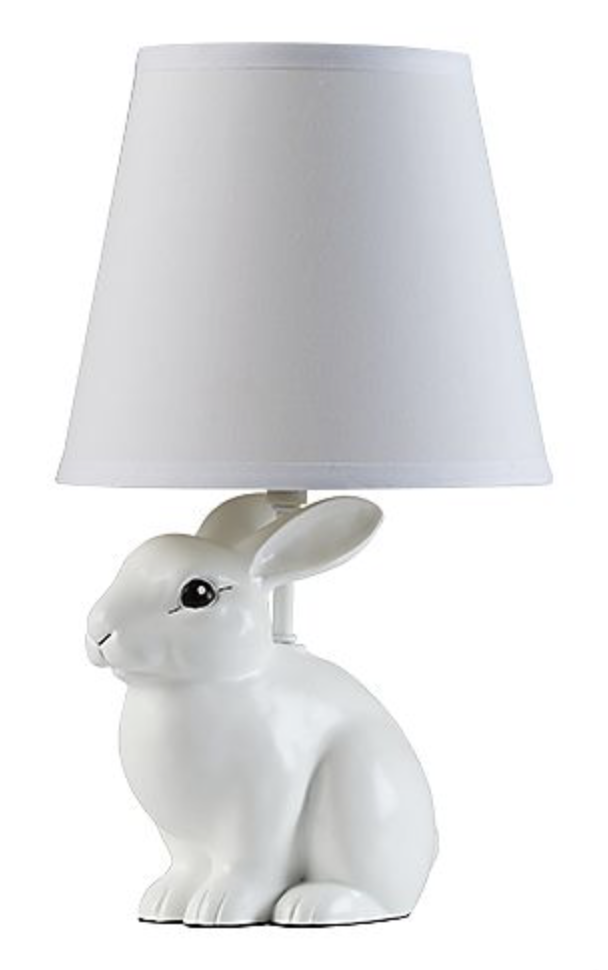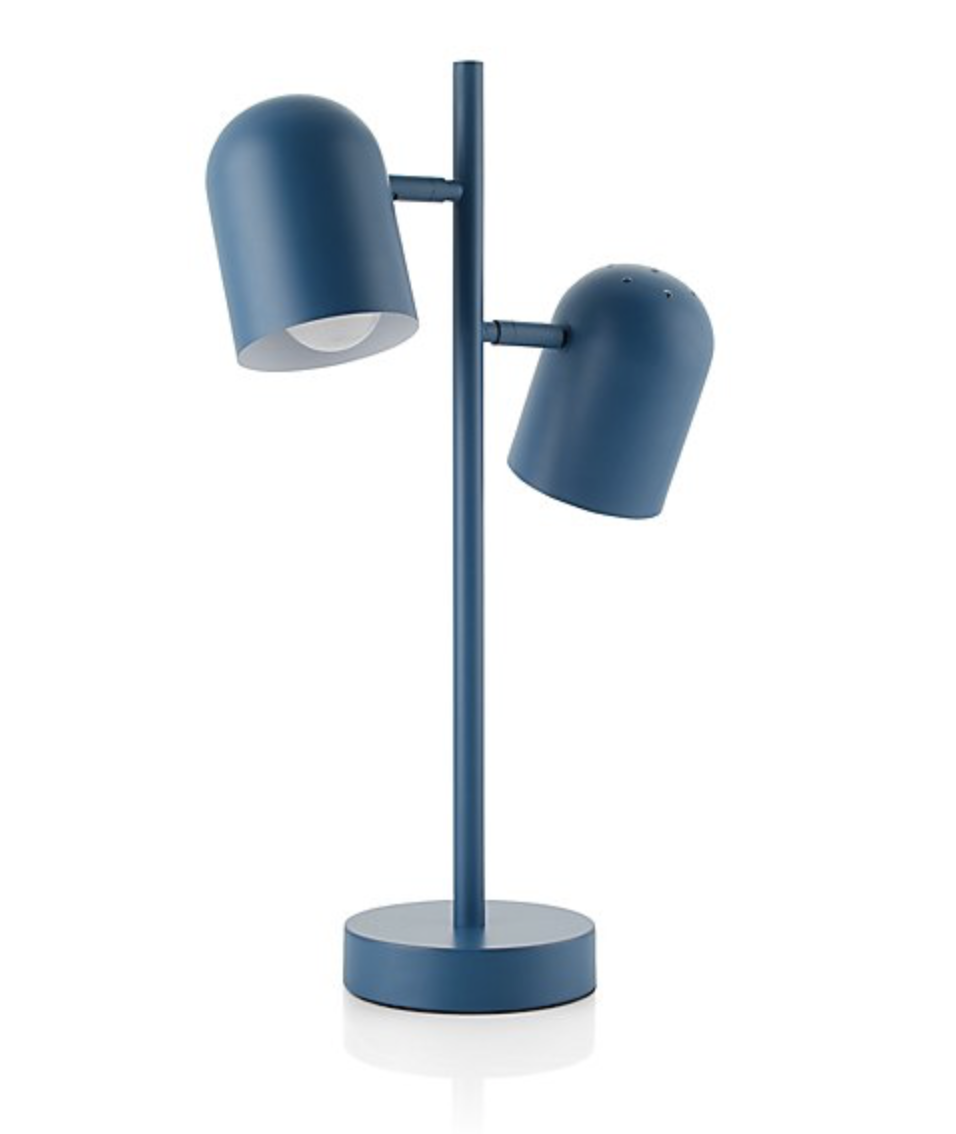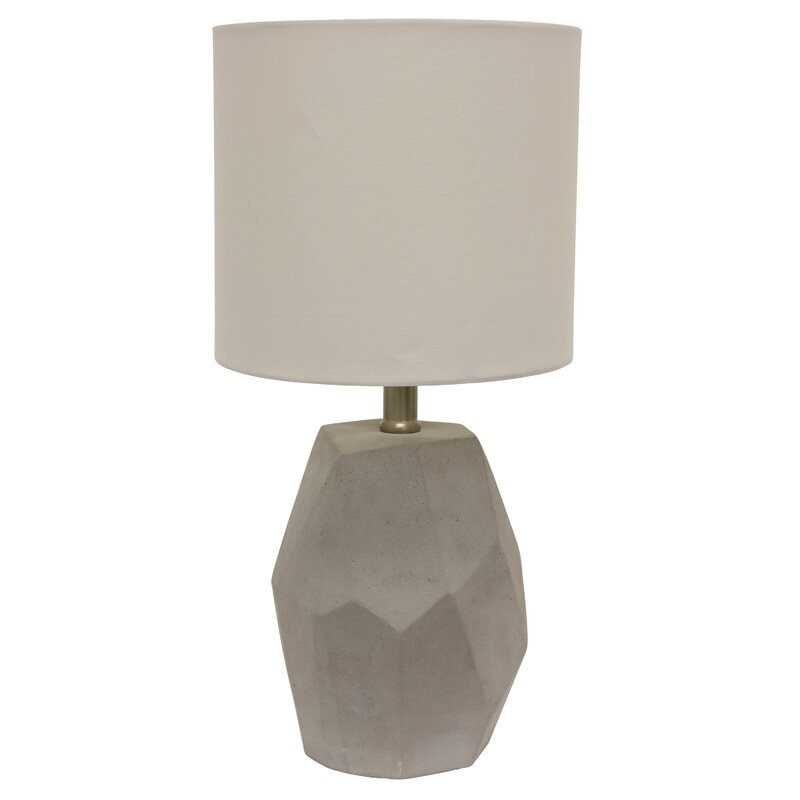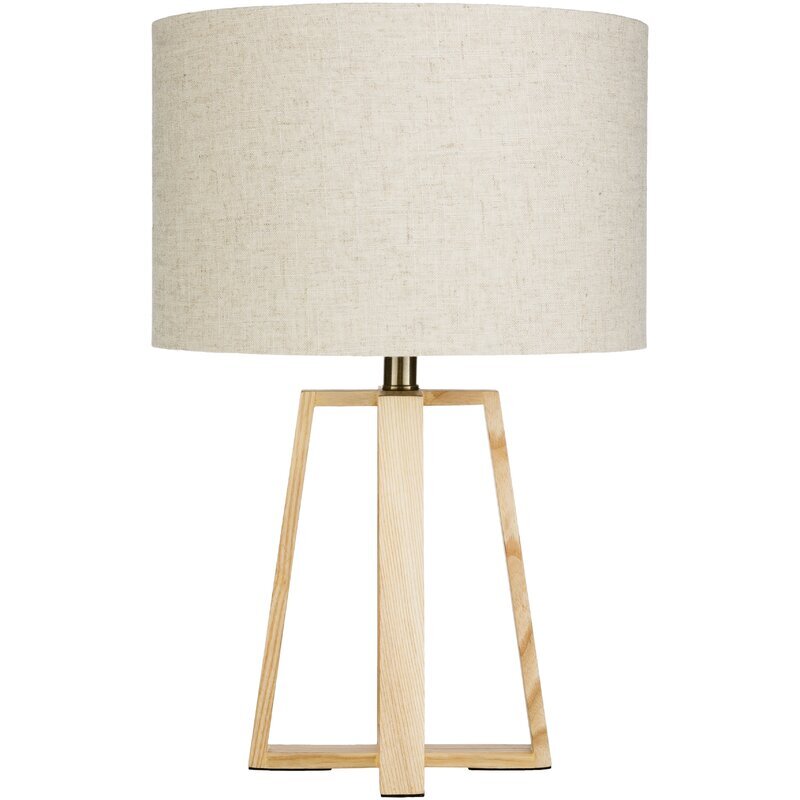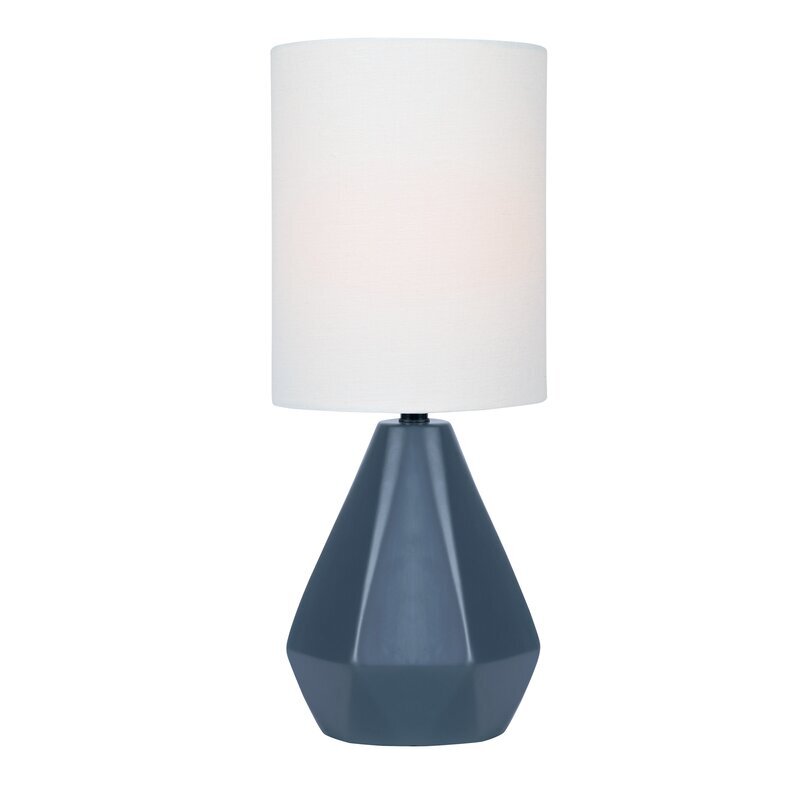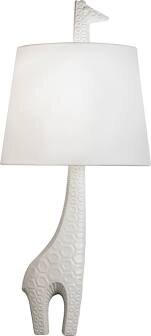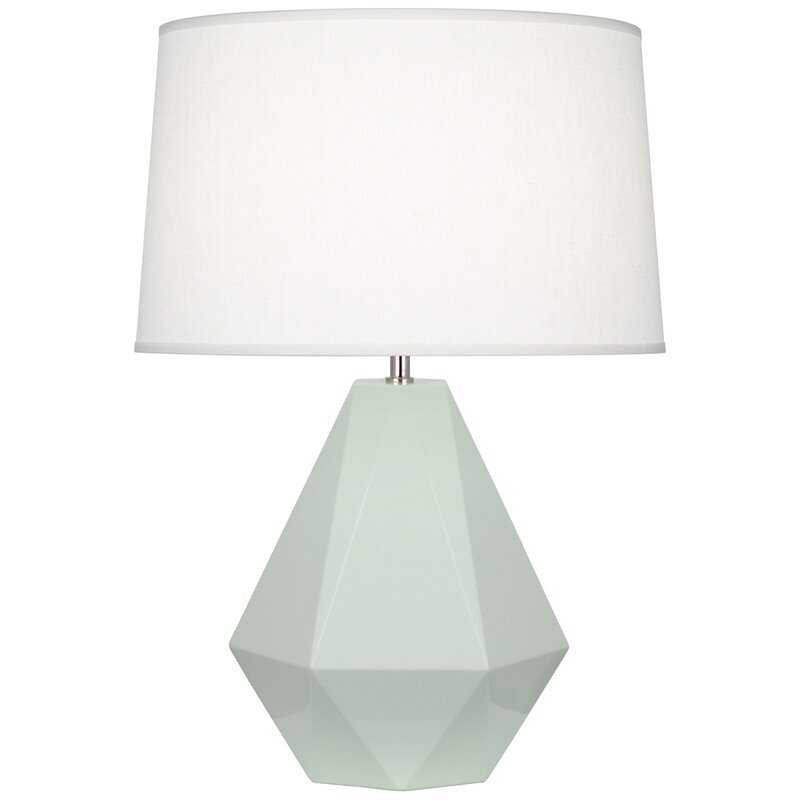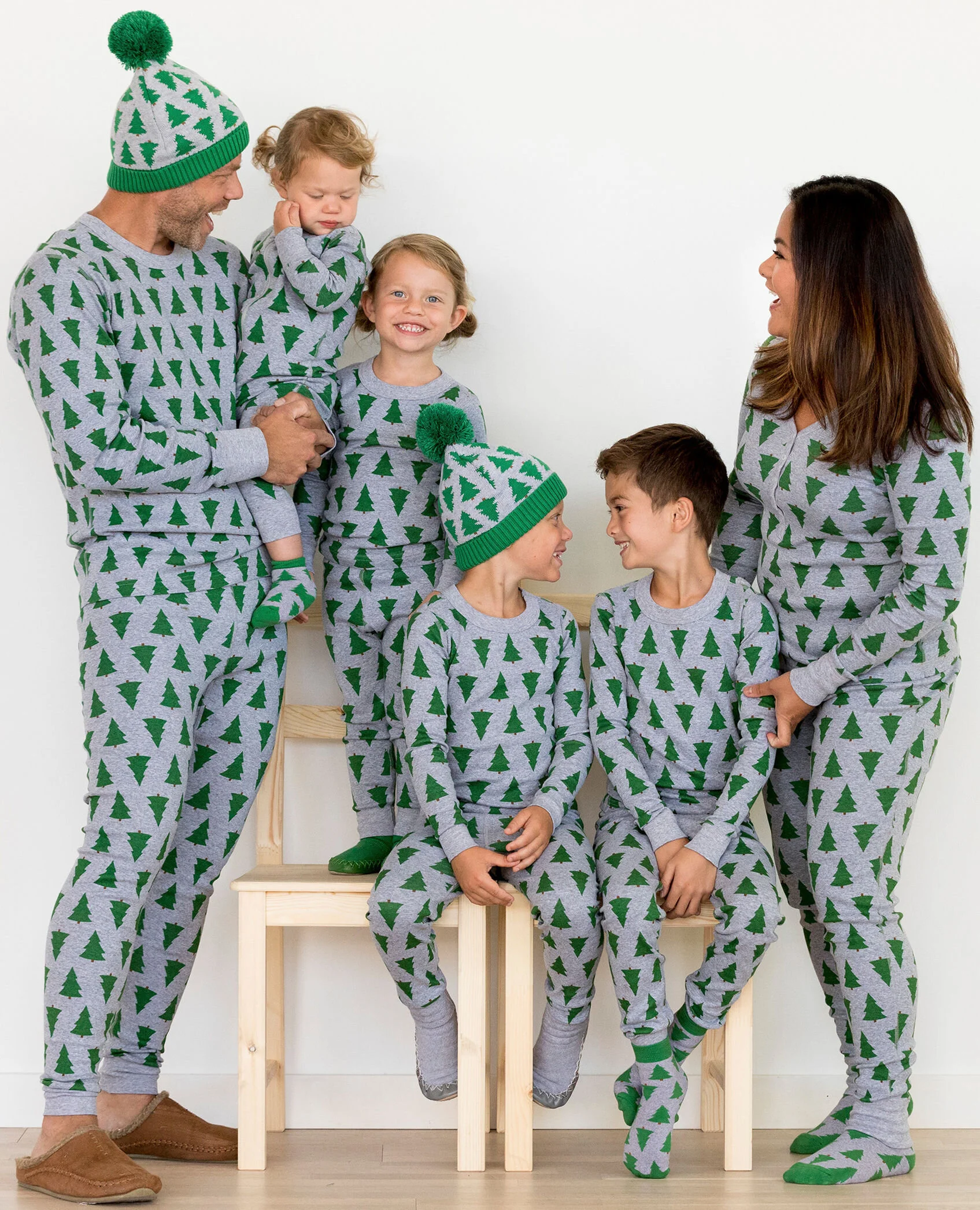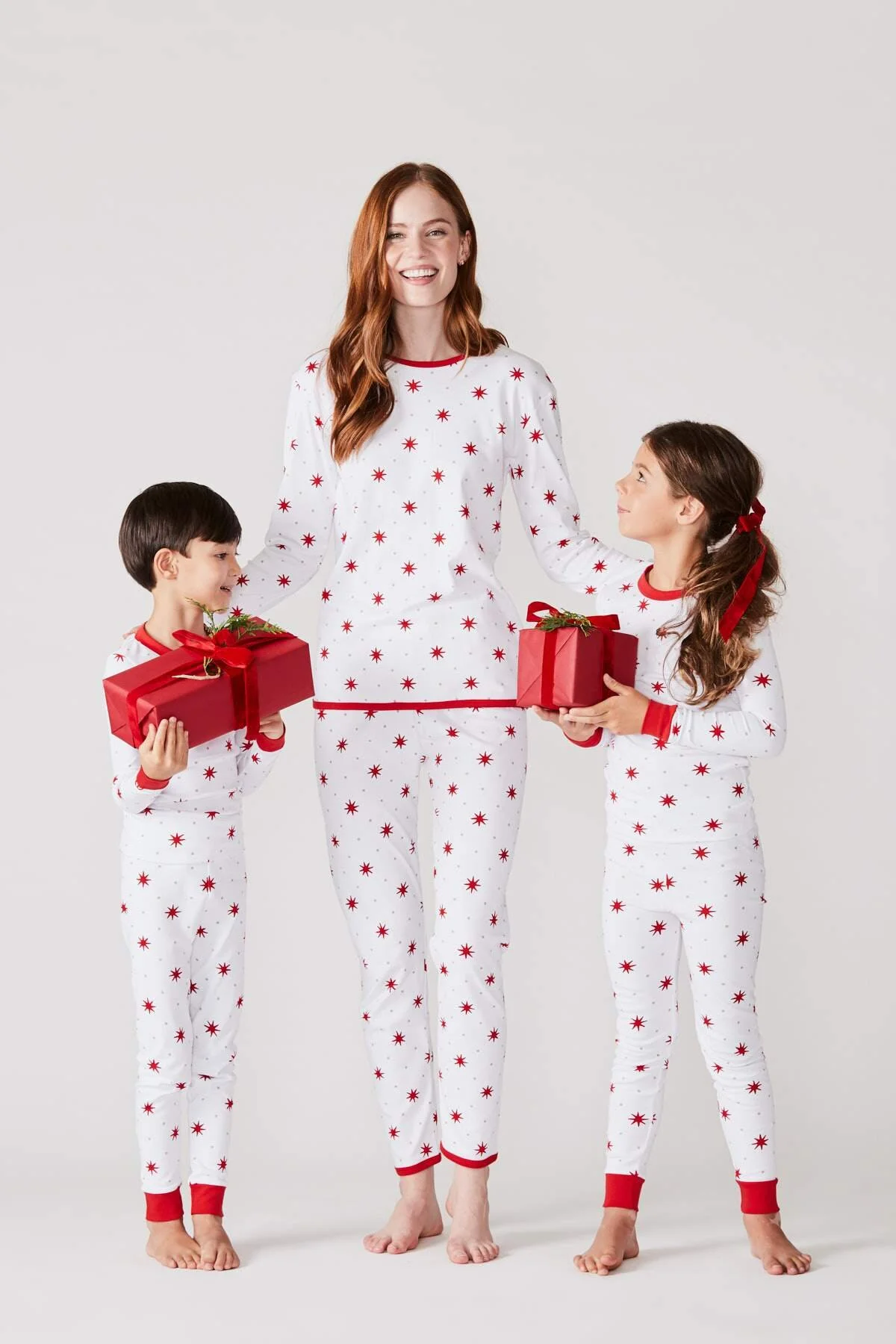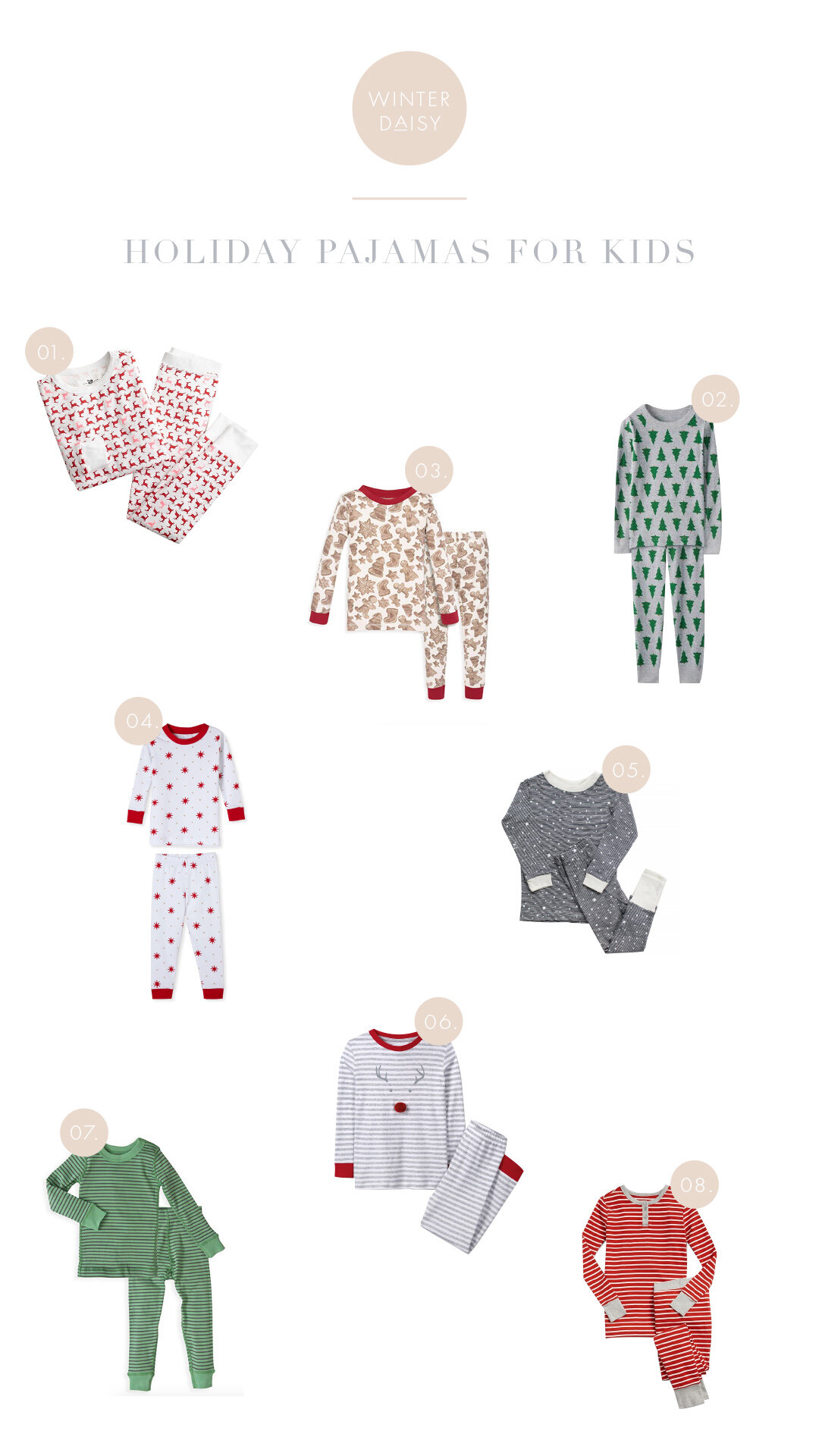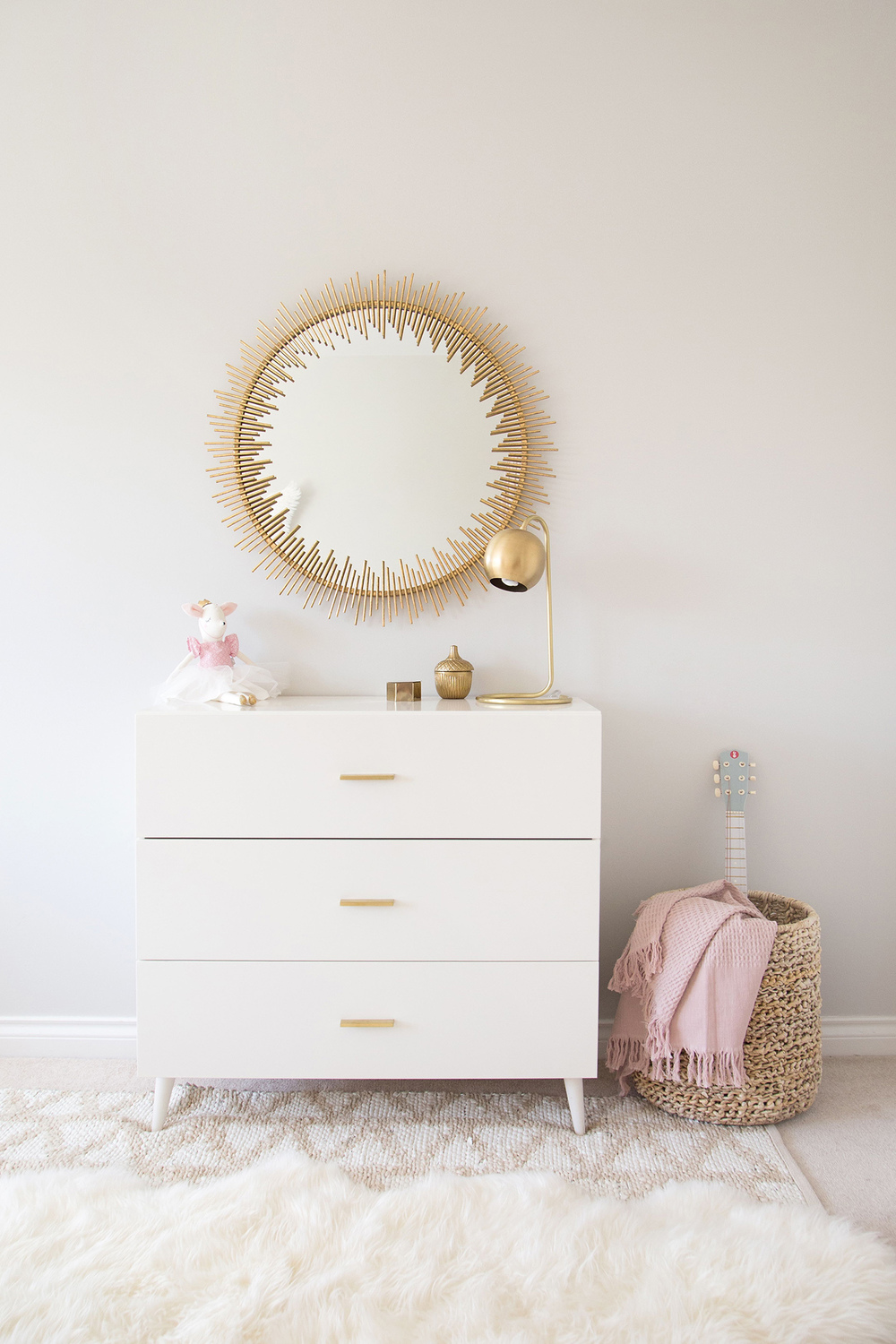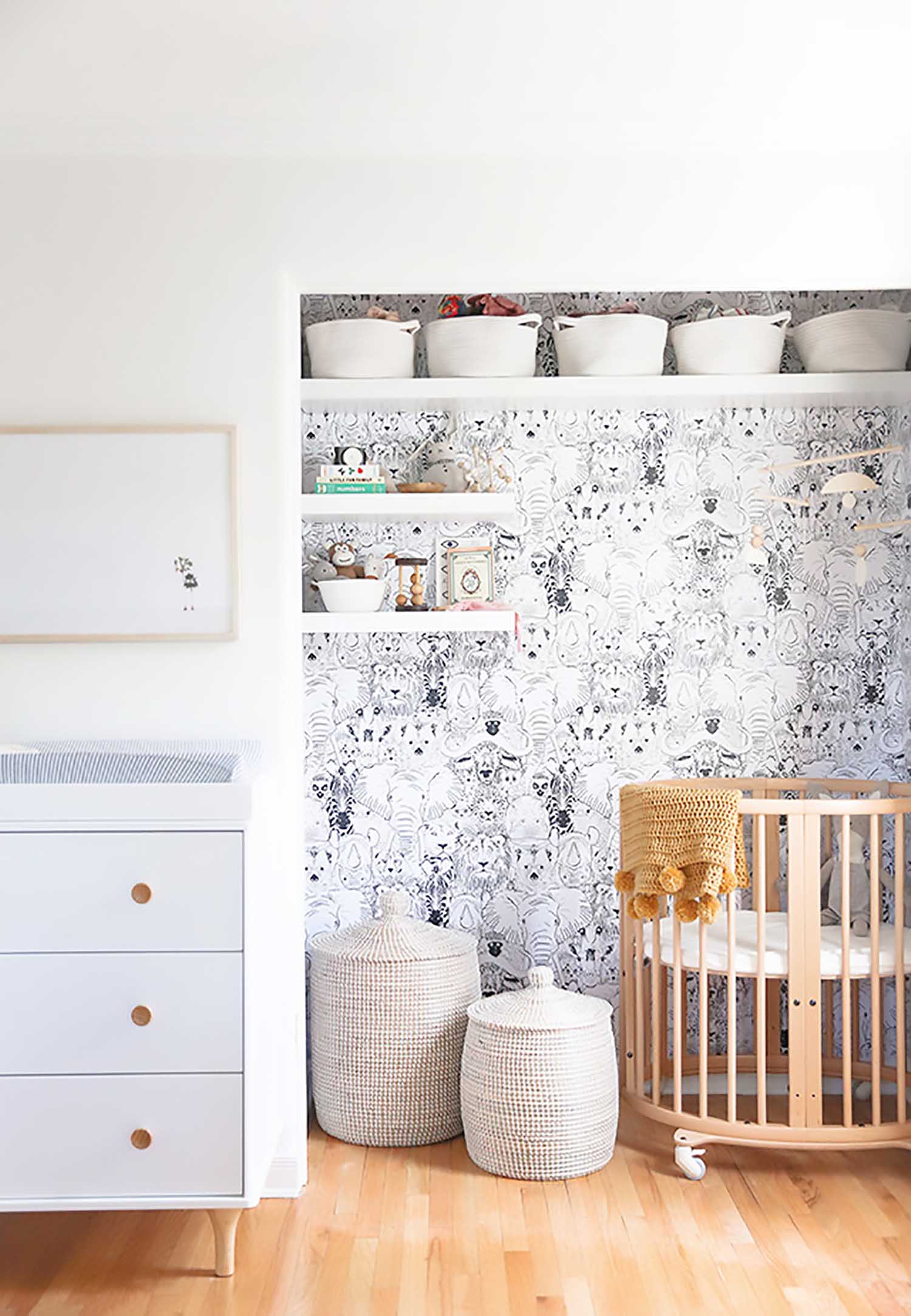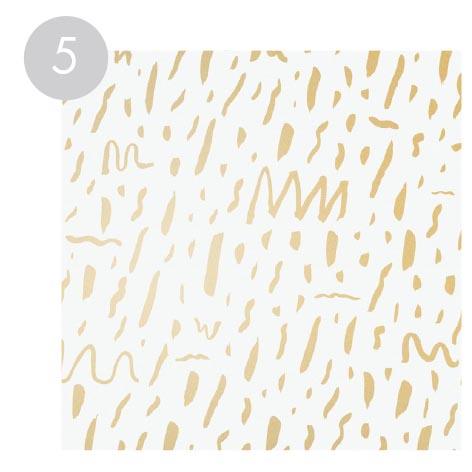From Ella's Room
Consider the following tips to help assess which dresser best fits the need for your child’s room.
TIP #1: SIZE AND SCALE
How much space do you have to work with? Too small of a dresser can leave a room looking empty and sparse, and too large can make the room feel cluttered and small.
A pro tip is to use painter’s tape and measure the dresser base size on the floor, and height against the wall to visualize how the piece will fit into the room. A good rule of thumb is to leave at least 40 cms on either side of the dresser to allow for a diaper pail or storage basket. The height of the dresser you choose can make a big difference if you’re starting off by using it as a change table. Choose one that is comfortable to stand up beside so you won’t need to bend down too far for diaper changes.
TIP #2: FUNCTIONALITY
Think about what purpose the dresser will serve and how much storage you will need. In the early years, a dresser can begin as a change table by adding a simple change table topper. The top drawer can hold lotions, wipes, diapers and washcloths. The middle drawer(s) can hold clothing, and the bottom is the perfect place for extra crib linens, swaddle blankets and even soft baby carriers.
Instead of going out to buy a whole new dresser when your baby no longer needs diapers, simply remove the change table topper and reorganize the top drawer with socks, under layers and pjs, and the bottom drawer as toy storage. It’s a nice spot to keep favourite play items that can be easily accessed by independent little hands.
TIP #3: MATERIAL
When you are choosing your dresser it’s a good idea to first research what type of material will work best for your space and budget. Learn about what material options are available to you. Here are the main ones, each with their own pros and cons:
Solid Wood: It has the highest durability and will last many years. This comes usually at a higher price point. A dresser made of solid wood will be heaviest one to transport. Solid wood requires the least amount of chemical components for construction.
MDF (medium density fibreboard): Is less durable than solid wood, and usually in the mid-range price point. It’s lighter and easier to transport. MDF is created by compressing wood fibers with resin at high temperatures, which include more chemical components than solid wood.
Particle Board: Is similar durability to MDF, and is the lower price point option. It is lighter and easier to transport. Particle board is created by compressing sawdust and resin at high temperatures and includes more chemical components compared to solid wood.
TIP #4: STYLE
Next, ask yourself - does the aesthetic of the dresser match the rest of your room? Will it visually fit in with other furniture pieces you already have? Often new parents purchase crib and change table sets together, so another important economical consideration is if the dresser can stand alone as a piece within a room. As your child matures and you remove a crib or purchase the next size bed, will the dresser still look appropriate for their age and room aesthetic?
There are three basic types of dressers and once you’ve taken in to consideration your room space and storage needs, choose your aesthetic and size. Whether it’s mid century, traditional, modern, or playful – you can select the combination that works best for your space and desired look:
The tall dresser will offer one row of 4+ drawers high. It’s good to look for a tall dresser if your room space is limited or if you don’t have a closet and need to maximize storage. Depending on the height of the dresser you may be limited in wall space for art, or hanging a mirror above this style.
The double wide dresser has a wider base with two rows of 3-4 drawers. This is a great way to maximize storage if you have a lot of square footage in the room and want a larger furniture piece to help fill space. As the double wide isn’t typically very tall it works well to hang art or a mirror above it when decorating.
The classic 3 drawer is a great option for a room with a closet or minimal storage requirements. It’s best suited for small to mid sized rooms as it can look smaller in large rooms with less furniture. It can also serve as a bedside table depending on the dimensions of the one you choose and works as a great piece to position under artwork or a beautiful mirror.
If you think about it, it’s pretty incredible that one piece can hold everything from diapers and wipes, to clothing, linens, toys, and secret journals. One of the most important things to be sure of when choosing your dresser, or any large piece of furniture for that matter, is that it is well made. Choose a dresser that is able hold piles of clothing and can withstand the wear and tear of childhood years, and many repeated pressures of clean laundry refills. Pull the drawers out and look at the sturdiness of the drawer base, and check if the hardware is well attached. If you’re shopping online make sure to read reviews from other parents to see if the piece is really as great as the description may suggest.
A dresser is a “home base”. It’s a place you will come to, time and time again as a parent to change a diaper, tuck away a toy, and fill up with fresh clean laundry. It will display a family photo, a favourite stuffed animal, or a treasure box of keepsakes your child has collected. A dresser is the one piece, which if chosen with thought and intention, will offer years of helpful storage and organization and bring aesthetic joy to your home.



